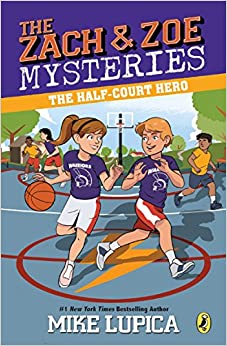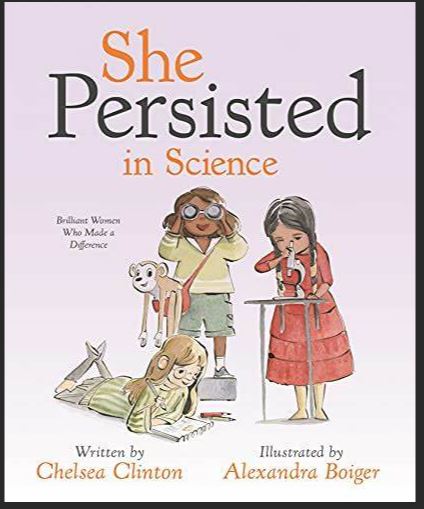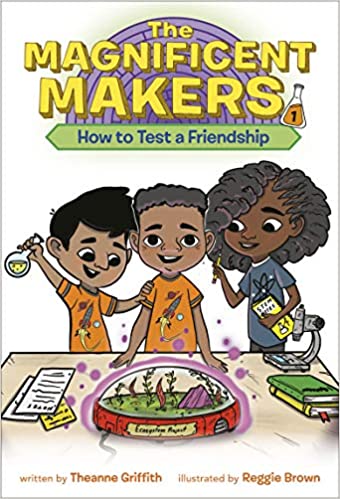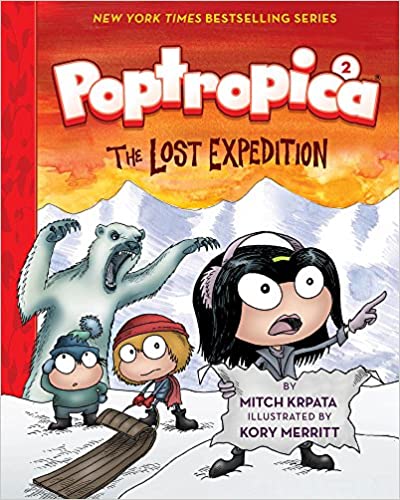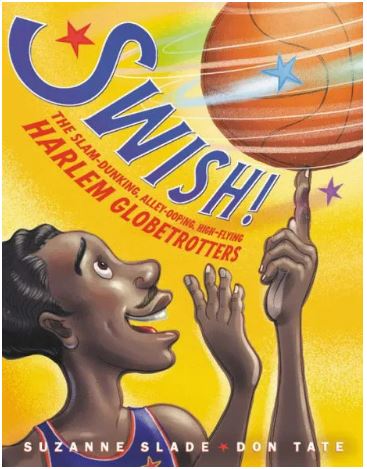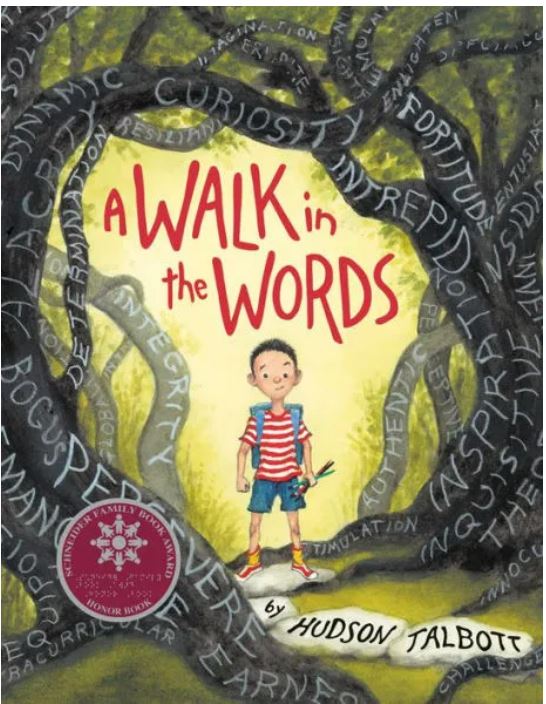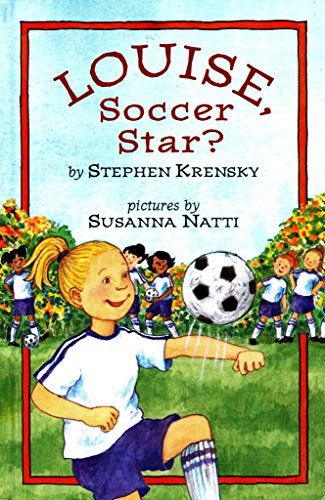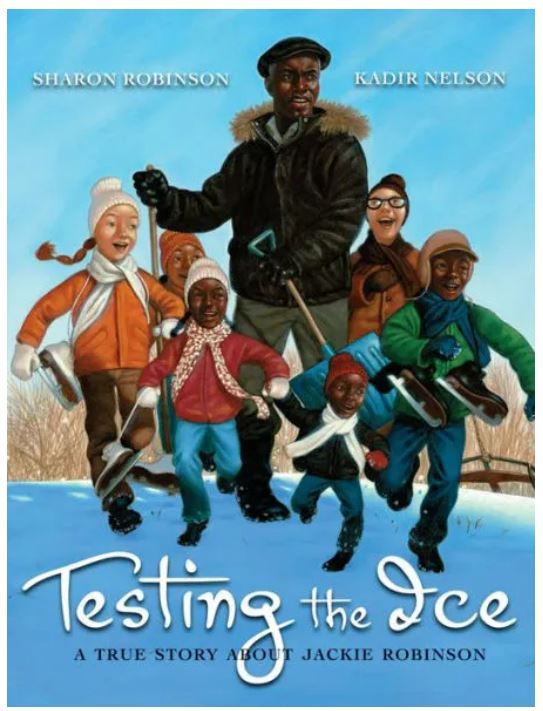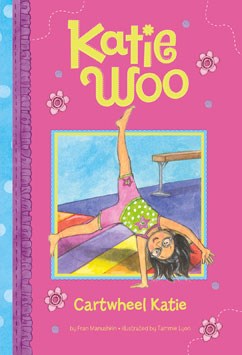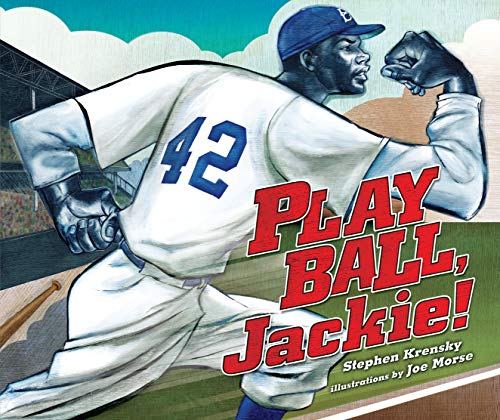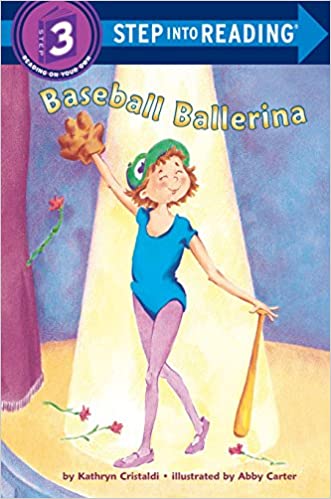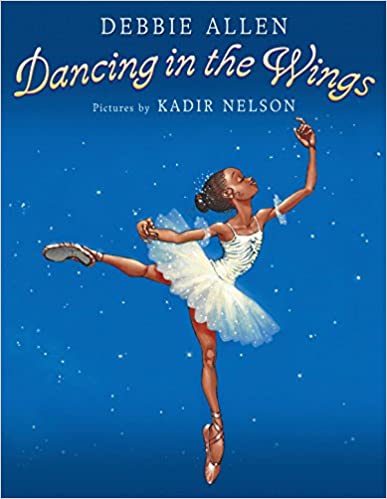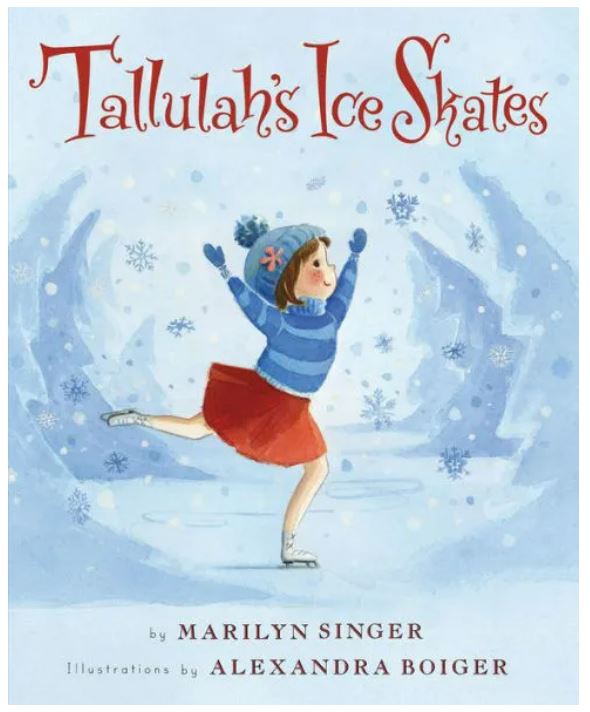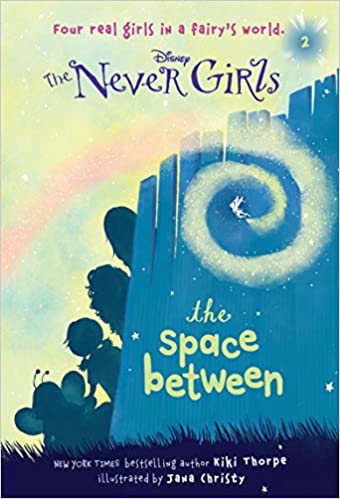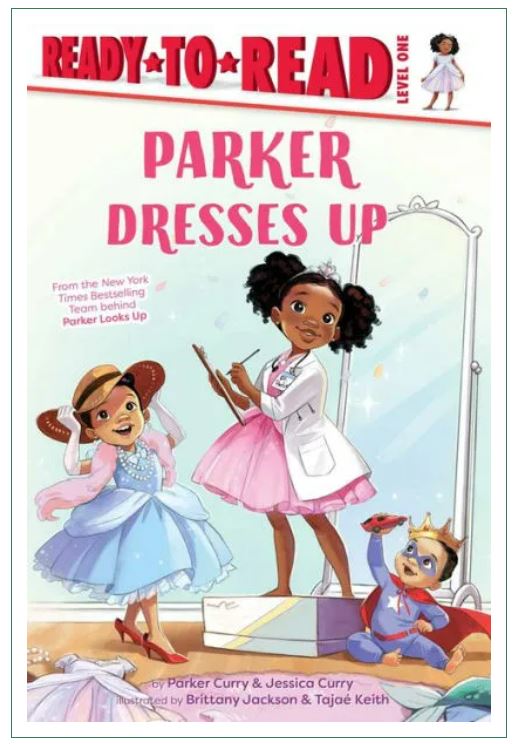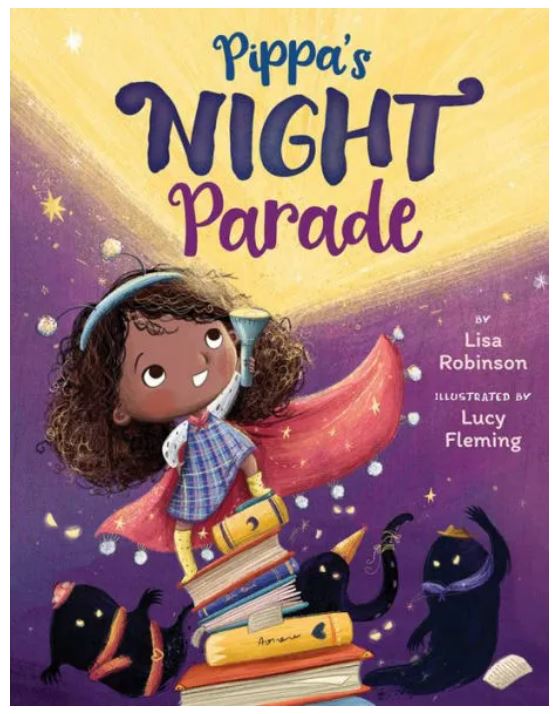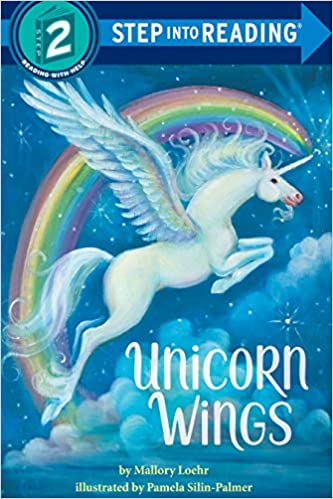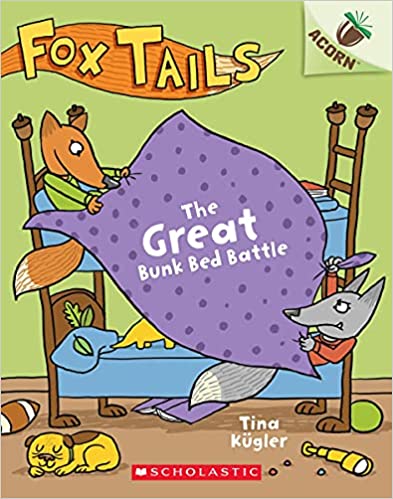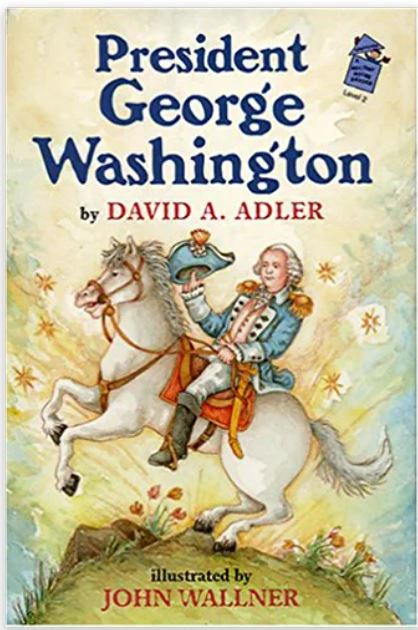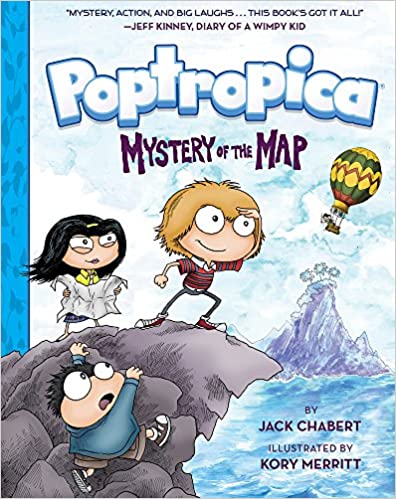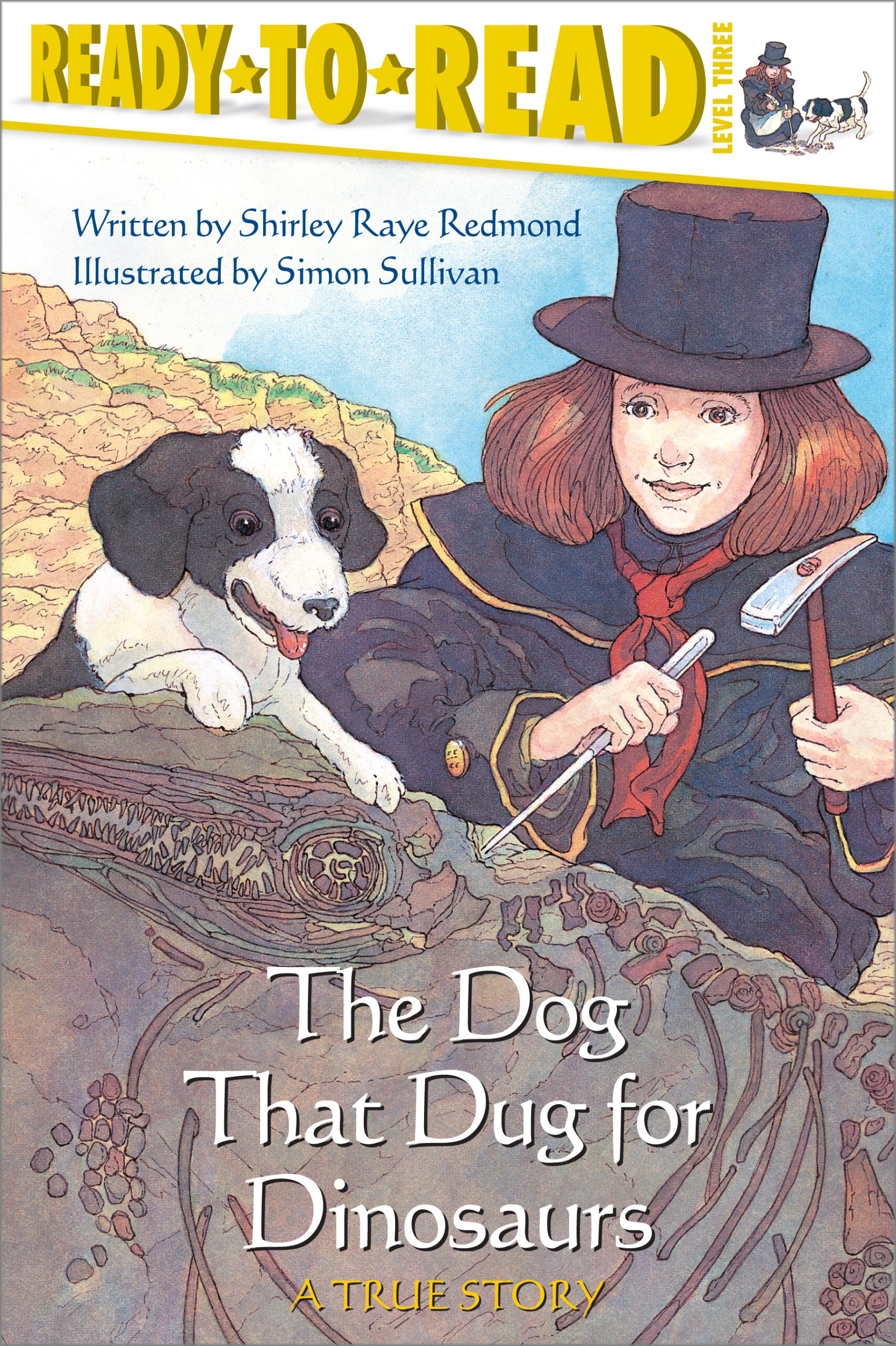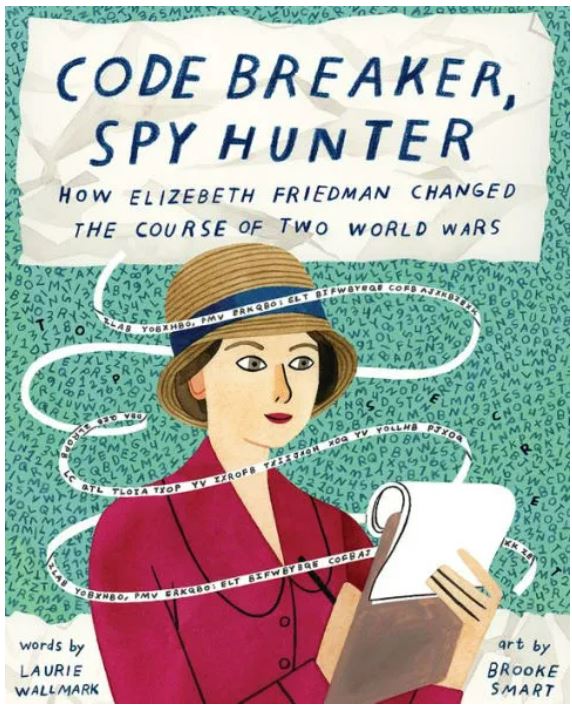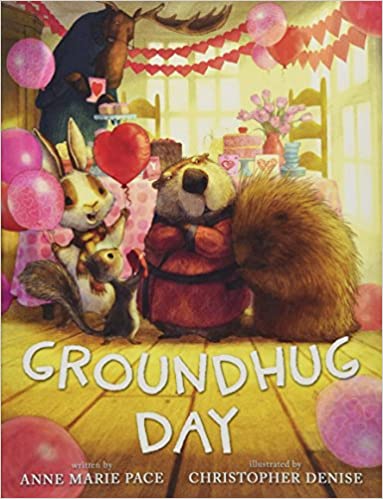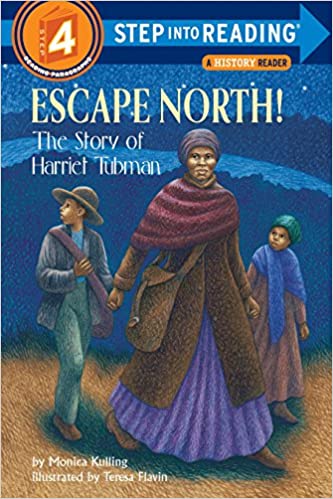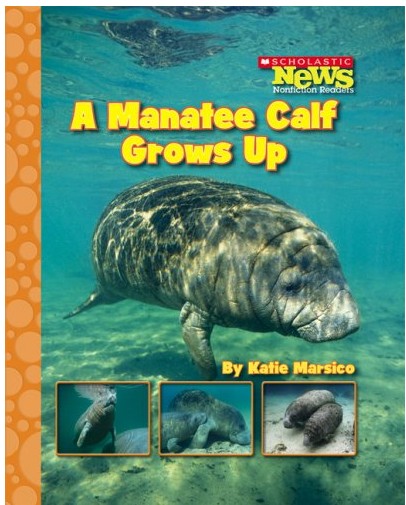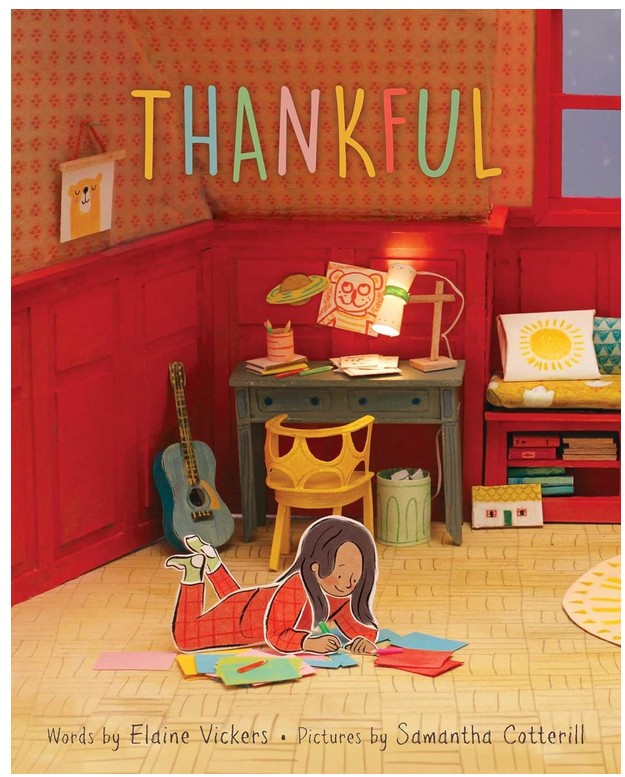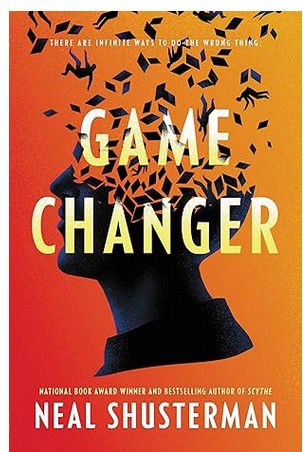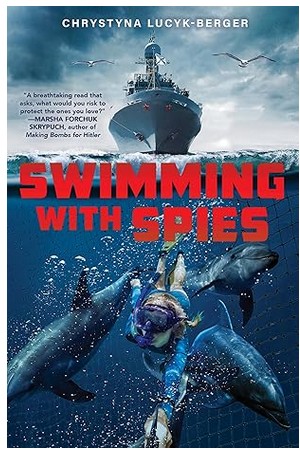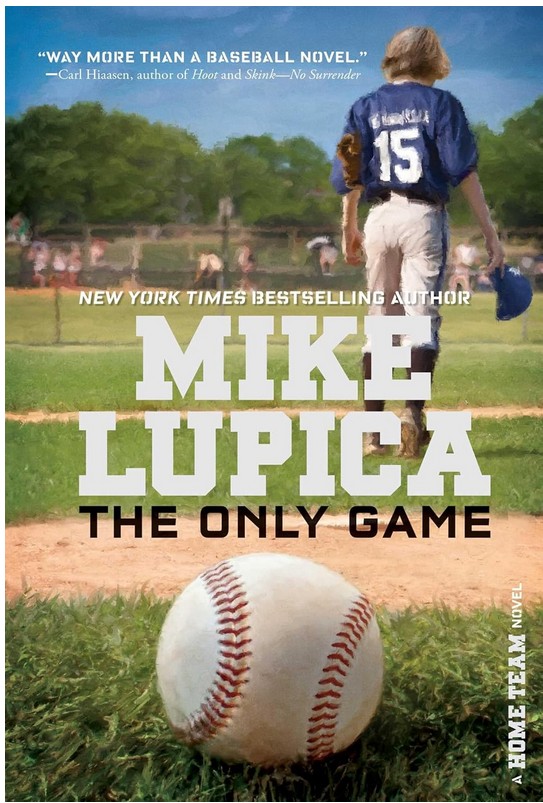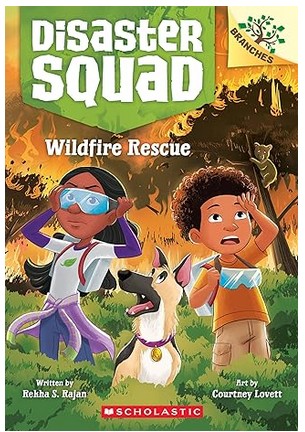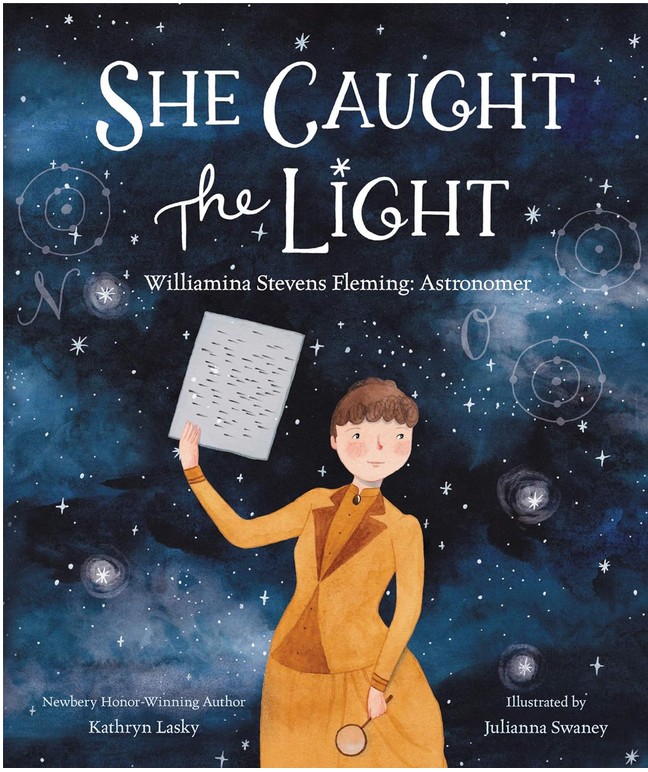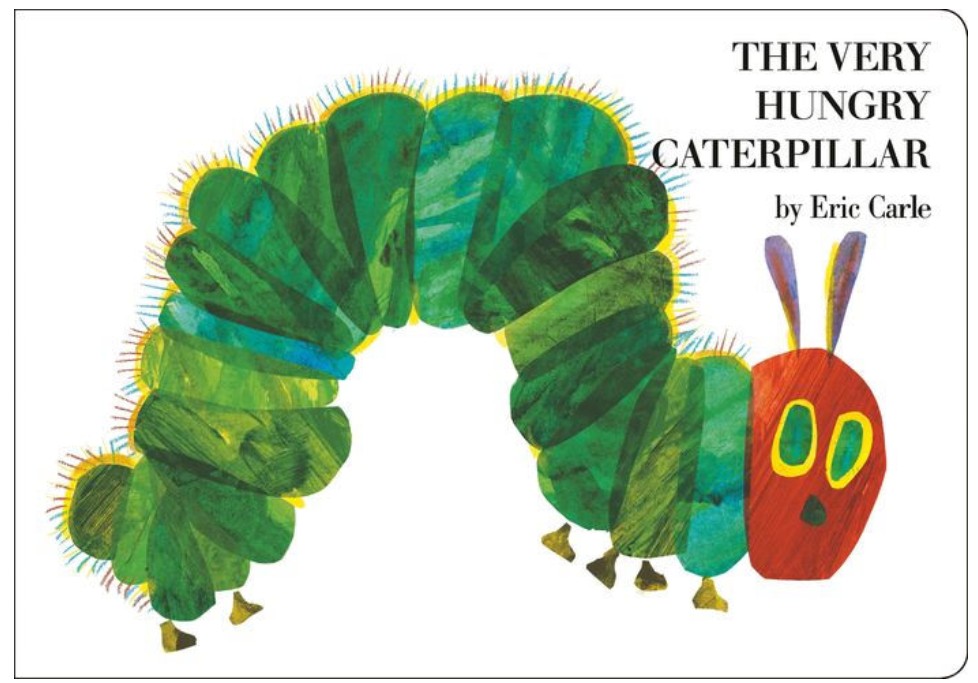There’s nothing eight-year-old twins Zach and Zoe Walker love more than playing sports and solving mysteries. And when those two worlds collide . . . well it doesn’t get any better than that. When the twins start a summer basketball league at their local park, they notice the once rundown court is getting freshened up with each passing day. First new nets, then the benches have been completely restored. But who’s behind it? Zach and Zoe are on the case!
The Half-Court Hero will appeal to a wide range of readers because it has both play-by-play sports action and a solid mystery. Plus, the twins have many positive attributes thanks to their parents who have taught them to always focus on the positive. While the kids share a love of sports, it’s Zoe’s curiosity that drives the mystery. As the kids practice for a tournament, several accidents happen because the court is in disrepair. When someone secretly begins to make repairs, the kids are determined to discover who the culprit is, even though the person clearly wants to remain anonymous. As the twins dig for clues, their parents remind them that “a good deed is its own reward” and public recognition isn’t necessary. Despite this, Zach and Zoe follow all the clues until they know who the half-court hero is.
There’s a lot to like about The Half-Court Hero including the kind characters and their healthy two parent family. While sports are clearly important to Zach and Zoe’s family, the kids’ parents remind them of good sportsmanship and the importance of passing the ball to whomever is open. Even though the kids want to win the tournament, they know having fun is just as important.
The short chapters and illustrations that appear every four to seven pages will appeal to young readers. Most of the pictures focus on Zach and Zoe, but the scenes on the basketball court show a diverse group of players. Even though The Half Court Hero is intended for younger readers, emerging readers may struggle with the difficult vocabulary.
In a world that often glorifies winning at all costs, The Half-Court Hero highlights the importance of being a good sport. While both the conclusion of the basketball tournament and the solving of the mystery are predictable, readers will still enjoy the well-written story that has a good blend of looking for clues, hanging out with family, and basketball action. Readers who want more courtside action should dribble to their closest library and check out a copy of STAT: Standing Tall and Talented by Amar’e Stoudemire.
Sexual Content
- None
Violence
- None
Drugs and Alcohol
- None
Language
- None
Supernatural
- None
Spiritual Content
- None
